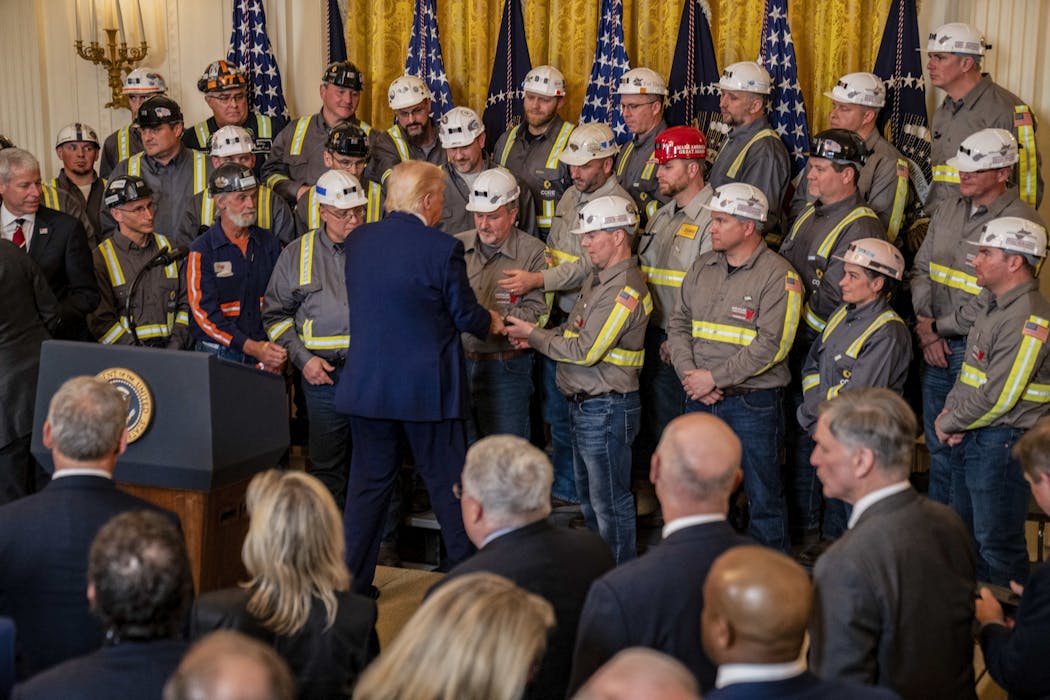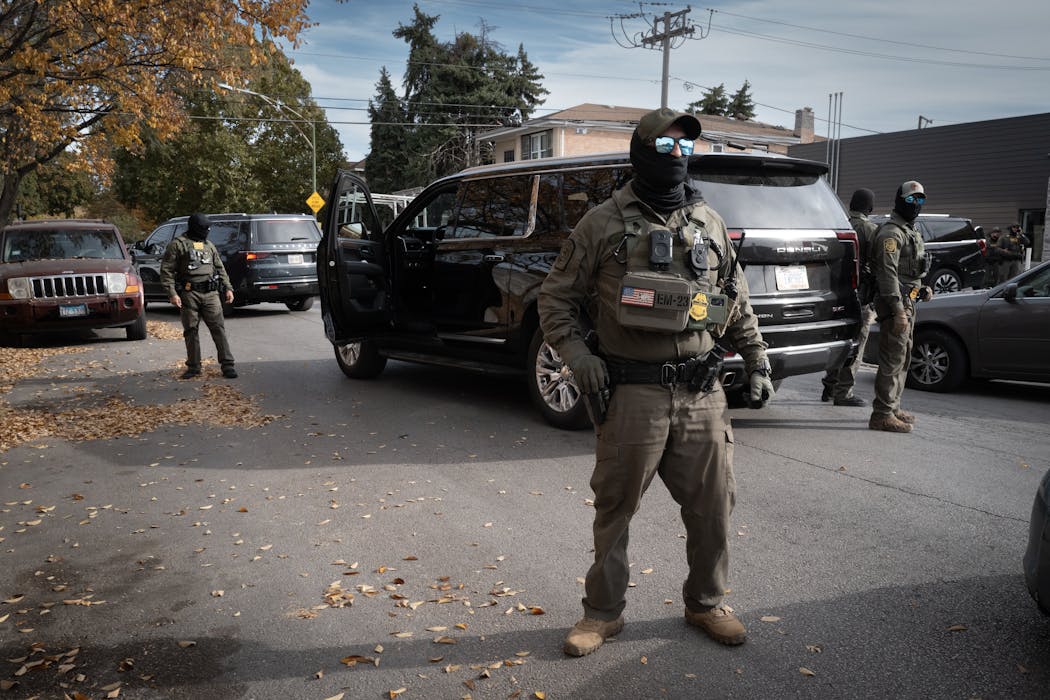How one Florida program reduced preterm births – and how it could serve as a model for other communities
- Written by Loveline Chizobam Phillips, Ph.D. Candidate, George Mason University
 Preterm birth is the second-leading cause of infant deaths.Pressmaster/iStock via Getty Images Plus
Preterm birth is the second-leading cause of infant deaths.Pressmaster/iStock via Getty Images PlusOne in 10 babies in the U.S. – nearly 374,000 infants – were born preterm in 2023, meaning before 37 weeks of pregnancy. More than 15% were very preterm, meaning they were born before 32 weeks. A full-term pregnancy lasts 40 weeks.
Florida&...









